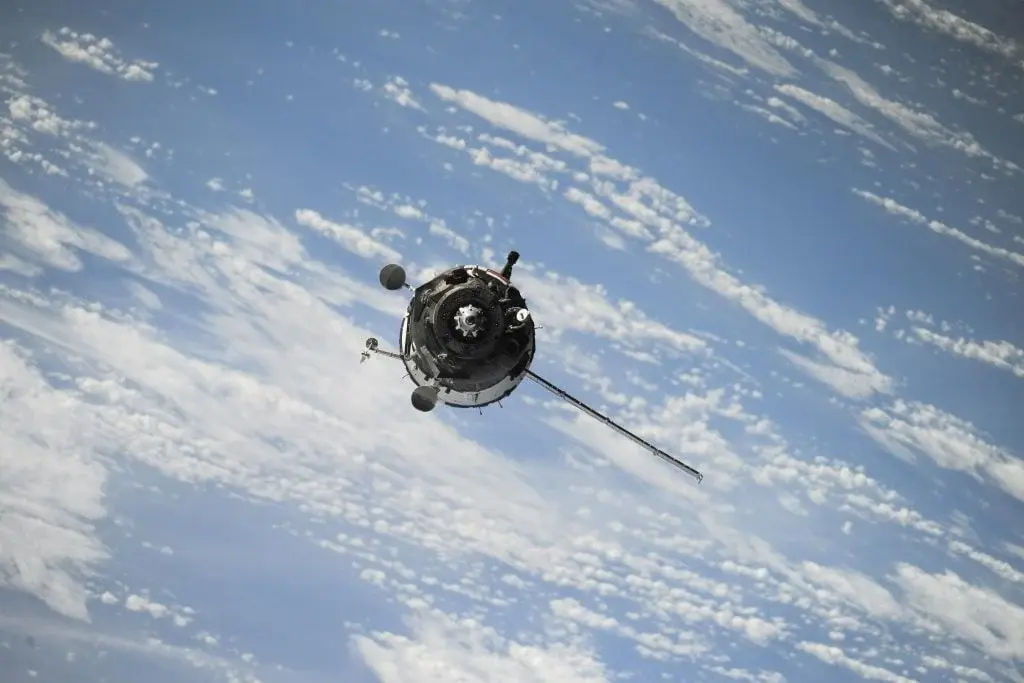Researchers at the Shanghai Space Propulsion Institute (SSPI) have made a significant breakthrough with China’s first lightweight and fast-response cryogenic solenoid valve. This achievement represents a major advancement in the nation’s space propulsion technology.
Rigorous Testing and Unique Challenges
The valve has been subjected to extensive testing, successfully completing 20,000 life cycles. Developing a valve suitable for cryogenic propellants such as liquid oxygen and methane is particularly challenging. The valve must be lightweight while ensuring a stable response and reliable seal at extremely low temperatures. The SSPI team tackled this challenge through innovative design, incorporating air gap insulation, reducing heat transfer paths, and optimizing the magnetic circuit. These improvements allow the valve to operate flawlessly between -60 and -40°C, achieving rapid switching action. Special attention was also given to sealing materials and structures to ensure a tight seal at both room and low temperatures.
Exceptional Performance and Future Implications
The newly developed valve has demonstrated exceptional performance, completing 20,000 life cycles with liquid nitrogen and performing flawlessly during engine thermal tests. These tests confirm its remarkable response speed, low-temperature adaptability, and reliable sealing. This accomplishment positions China at the forefront of cryogenic valve technology.
The SSPI’s innovative valve substantially improves the efficiency and accuracy of liquid oxygen-methane engines, paving the way for further advancements in cryogenic space propulsion technology. This is a critical area for future space exploration efforts. Known for its contributions to China’s prestigious space programs like “Shenzhou” and “Chang’e,” the institute continues to push the boundaries of space technology, reinforcing China’s status as a major player in the global space race.


Leave a Reply